The vast, sunburnt expanse of the Australian Outback stands as one of the last enduring frontiers of nature’s wild beauty. Stretching across the heart of Australia, the Outback’s diverse ecosystems are teeming with wildlife that has adapted to survive and thrive in its harsh, arid environment. In this article, we journey through the Outback to discover ten of its most fascinating animal inhabitants. Join us as we explore their unique adaptations, behaviors, and the conservation efforts dedicated to ensuring their survival.
10. Red Kangaroo The Outback Icon

The Red Kangaroo, Australia’s largest marsupial, is truly an emblem of the Outback. With powerful hind legs and a muscular tail, these kangaroos can travel vast distances in search of food and water. Males, often known as ‘boomers,’ can stand over six feet tall. Their ability to regulate water use and body temperature is key to surviving in the arid interior, where water and shade can be scarce.
9. Emus The Flightless Wanderers
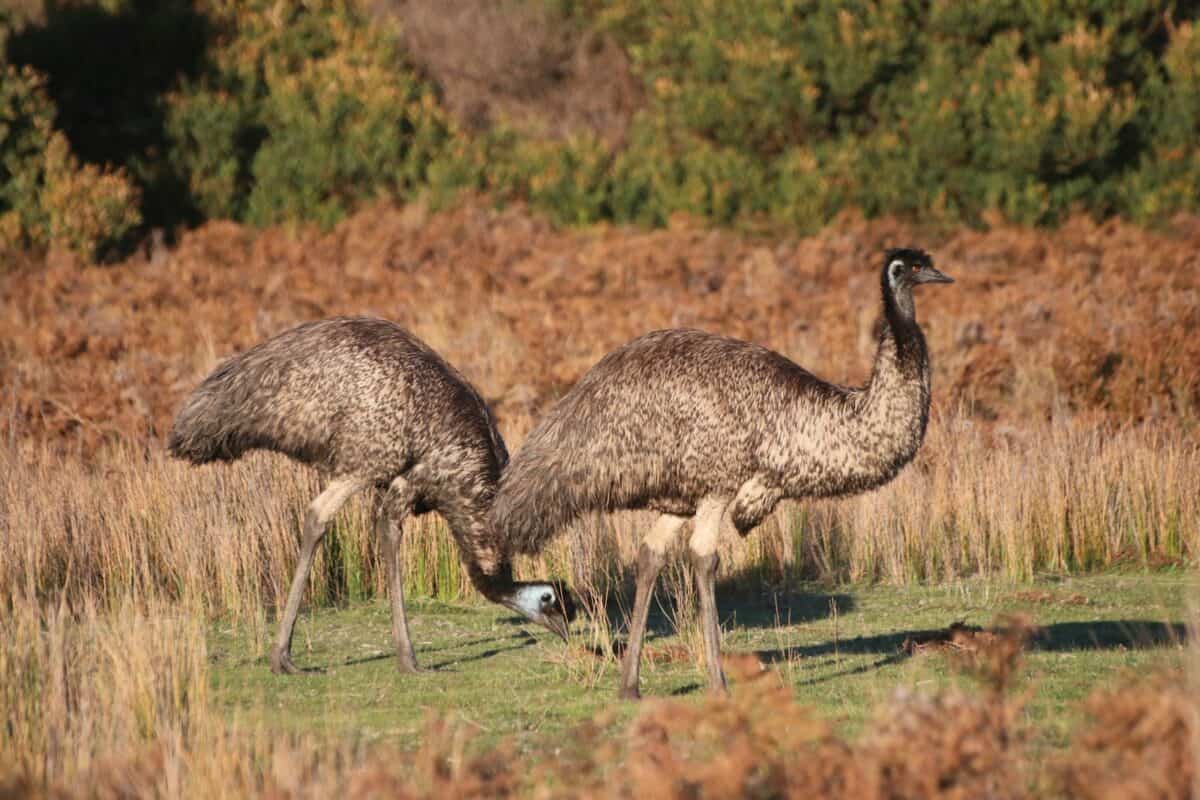
The emu, Australia’s largest native bird, is built for endurance. Despite their inability to fly, emus are powerful runners, capable of reaching speeds up to 50 km/h. They graze on grasses, seeds, and fruits, and their migratory nature means they can cover significant distances across the Outback. During breeding season, it’s the male emu that incubates the eggs and cares for the young.
8. Dingo The Wild Canine of Australia

Dingoes are Australia’s apex predators, with a keen ability to adapt to the continent’s varying climates. These wild dogs play a crucial role in maintaining the ecological balance by controlling populations of animals like rabbits and kangaroos. Dingoes communicate using an array of vocalizations and howls, and live in packs that are usually family groups. Conservation efforts aim to protect their habitats from human encroachment and reduce hybridization with domestic dogs.
7. Bilby The Little Desert Digger
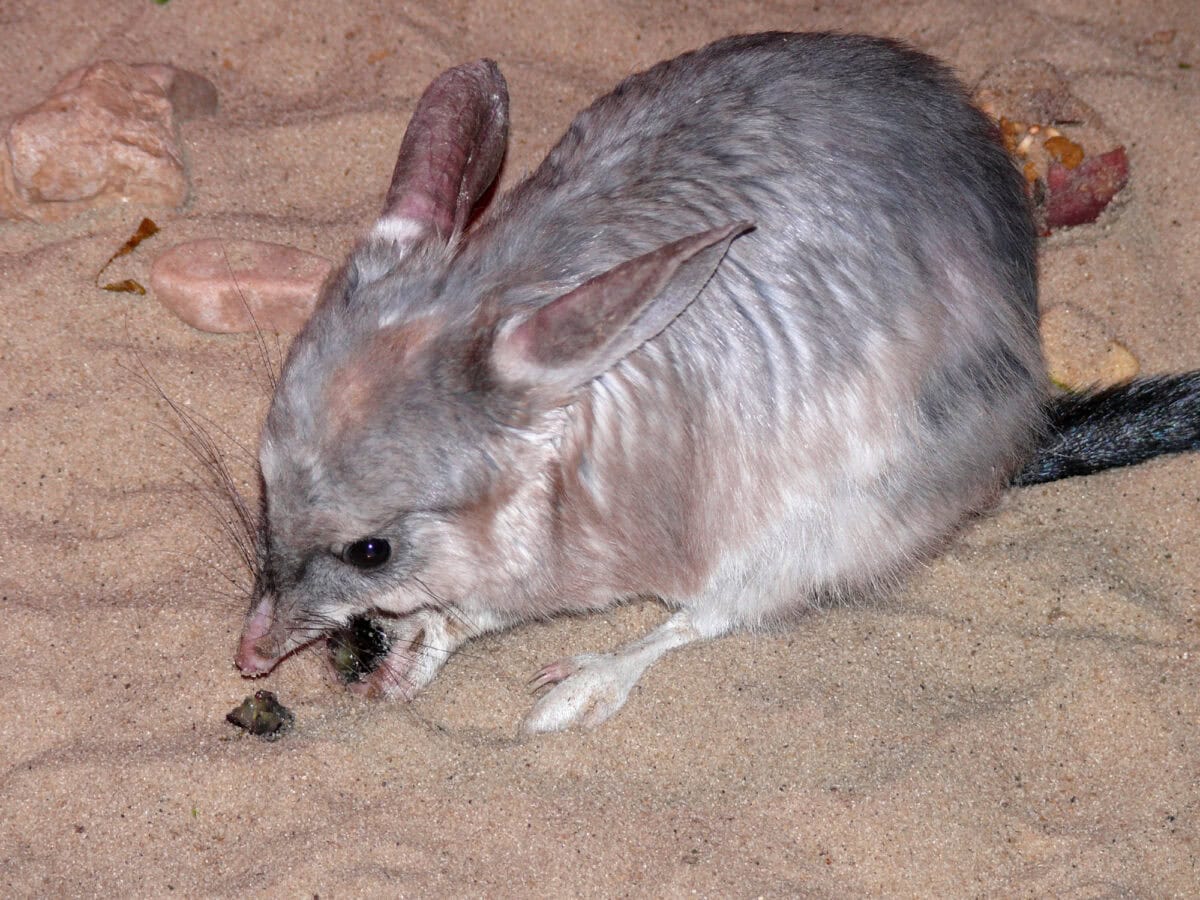
The bilby, a nocturnal marsupial, is known for its distinctive long ears and burrowing behavior. Adapted to live in arid regions, bilbies dig deep, spiral-shaped burrows to escape the heat and avoid predators. Conservation projects like the Easter Bilby campaign help raise awareness and funds for protection efforts, as the species faces threats from habitat loss and introduced predators like foxes and cats.
6. Saltwater Crocodile The Fearsome Predator

Though often associated with the coastlines and rivers, Saltwater Crocodiles (or ‘salties’) inhabit the northern reaches of the Outback. The largest reptile in the world, they can grow over six meters long. Crocodiles are both feared and revered, playing a significant role in Indigenous Australian cultures. Conservation management programs maintain delicate population balances and promote coexistence with humans.
5. Thorny Devil The Master of Camouflage

The Thorny Devil, a small lizard endemic to Australia, appears intimidating with its spiky exterior. These spikes are a defense mechanism against predators and help channel water to their mouths. Their diet mainly consists of ants, and their unique gait—slow, deliberate movements—can resemble a branch swaying in the breeze, an effective form of camouflage in their desert environment.
4. Platypus The Peculiar Monotreme

Although mostly associated with eastern Australia, platypuses inhabit some isolated water systems in the Outback. As a monotreme, the platypus lays eggs and has webbed feet and a duck-bill, a bewildering mix of traits that have long fascinated both scientists and nature enthusiasts. Threatened by habitat destruction and pollution, conservationists work to monitor water health and protect these enigmatic creatures.
3. Wedge-tailed Eagle The Majestic Hunter

Soaring high in the expansive Outback skies, the Wedge-tailed Eagle is Australia’s largest bird of prey, with a wingspan reaching over two meters. These eagles hunt and scavenge over vast territories, using their keen eyesight to detect prey from great distances. Conservation programs focus on studying population dynamics and minimizing human-related threats such as poisonings and habitat disturbance.
2. Perentie The Giant of Lizard Kind
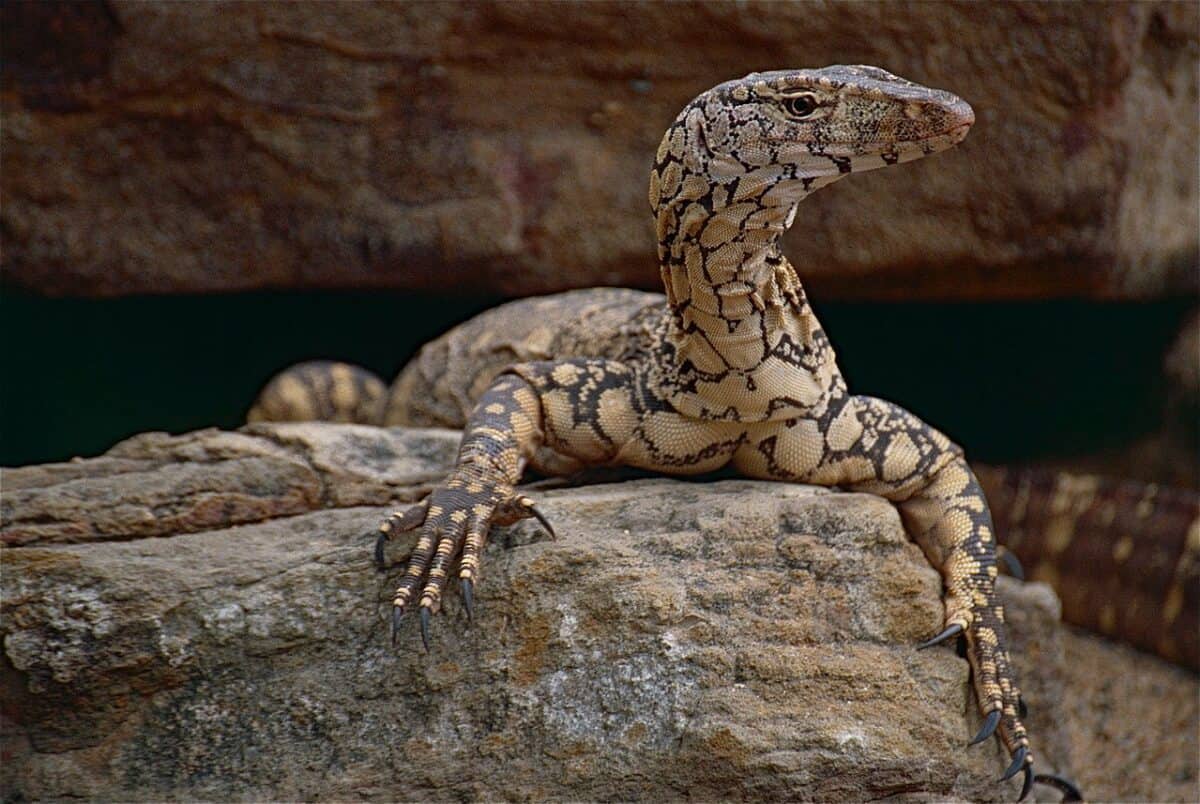
The Perentie, Australia’s largest monitor lizard, inhabits the Outback’s rocky landscapes. These impressive reptiles can grow over two meters in length and are skilled hunters, feeding on insects, smaller reptiles, and mammals. Their ability to go without food for extended periods makes them particularly suited to the desert climate. Research into their behaviors provides insights into ecological roles within their native habitats.
1. Numbat The Termite Terminator
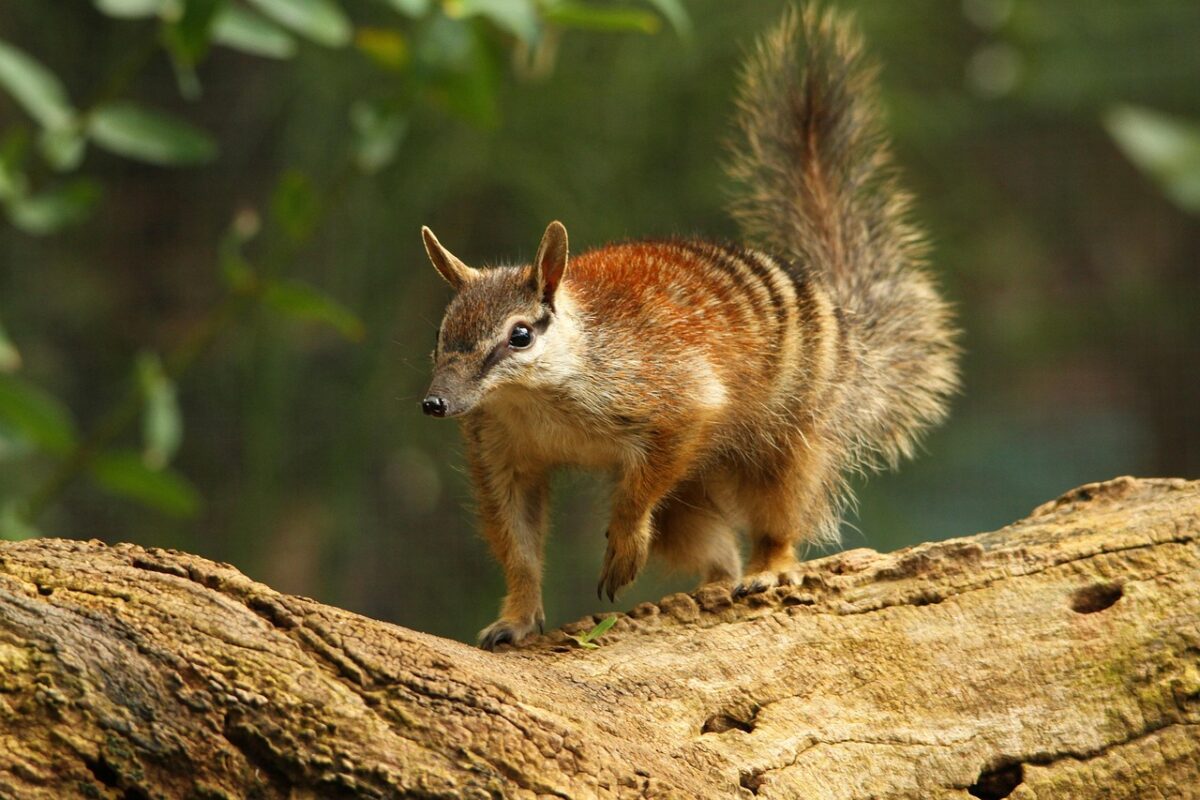
The numbat, with its distinctively striped coat and pointed snout, primarily feeds on termites. Once widespread, it’s now endangered due to invasive predators and habitat destruction. Conservation efforts, such as breeding programs and protected reserves, help restore numbat populations, highlighting a commitment to preserving one of nature’s most specialized insect hunters.
Conserving a Wilderness
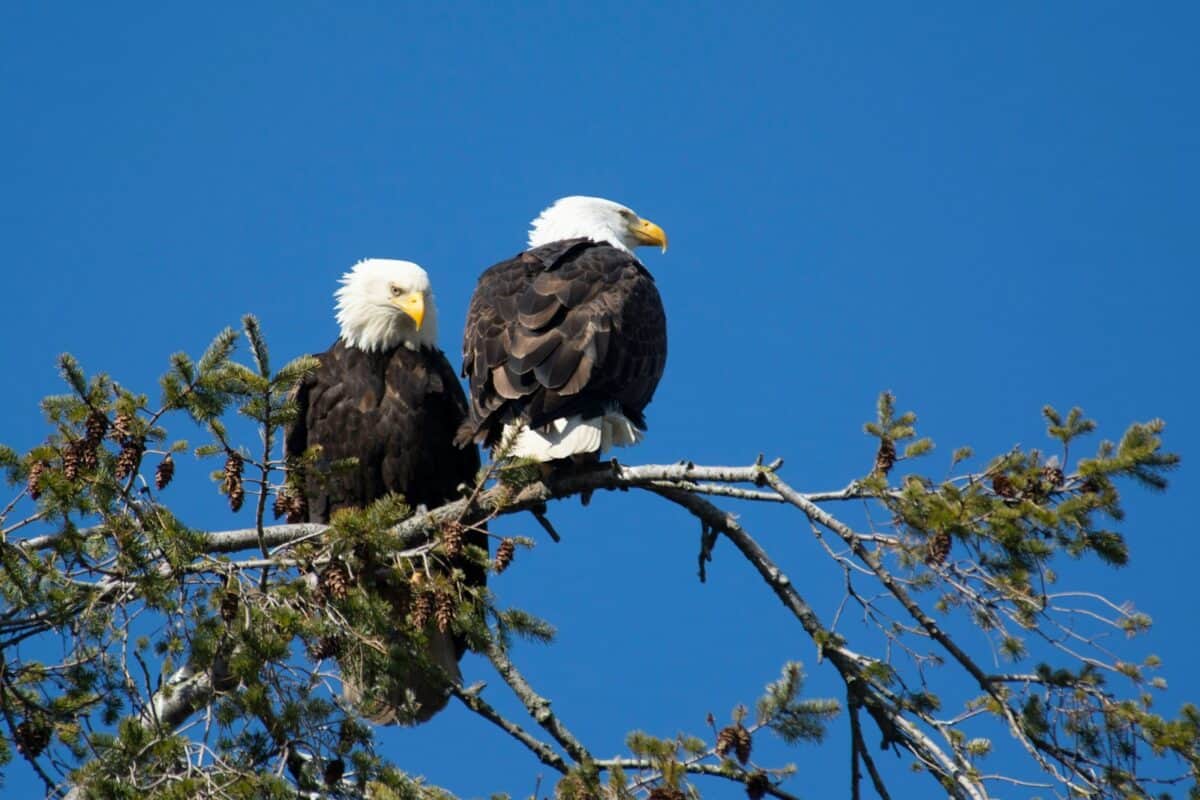
The creatures of the Outback are a testament to nature’s resilience and adaptability. Yet, as the pressures of modern civilization encroach on their world, it becomes imperative for conservation initiatives to continuously evolve. By understanding and appreciating the complexity of these animals and their environments, we honor the Outback’s rich biodiversity and ensure that future generations can marvel at its wonders.
Conclusion
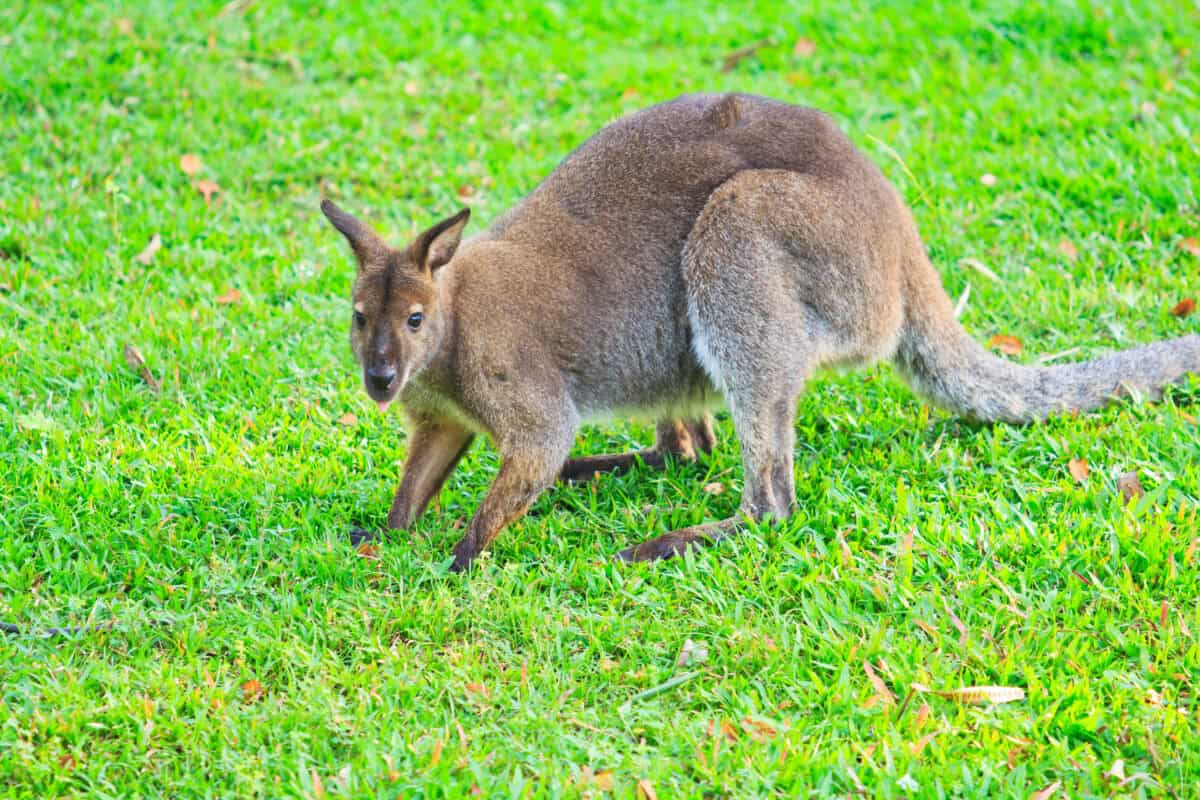
From the iconic red kangaroo to the elusive numbat, the Australian Outback offers a rich tapestry of wildlife, each demonstrating a remarkable story of adaptation and survival. While challenges such as habitat loss and climate change loom large, the concerted efforts of scientists, conservationists, and communities around the world play a pivotal role in preserving these natural treasures. By fostering appreciation and awareness, we take crucial steps to protect and celebrate one of the planet’s most unique and vibrant wildernesses.
- This Fish Has the Most Teeth in the Ocean—And Uses Them Well - August 9, 2025
- How Wolves Use Group Howls to Reunite With Pups - August 9, 2025
- 12 Dog Breeds That Form the Deepest Emotional Bonds with Their Owners - August 9, 2025

